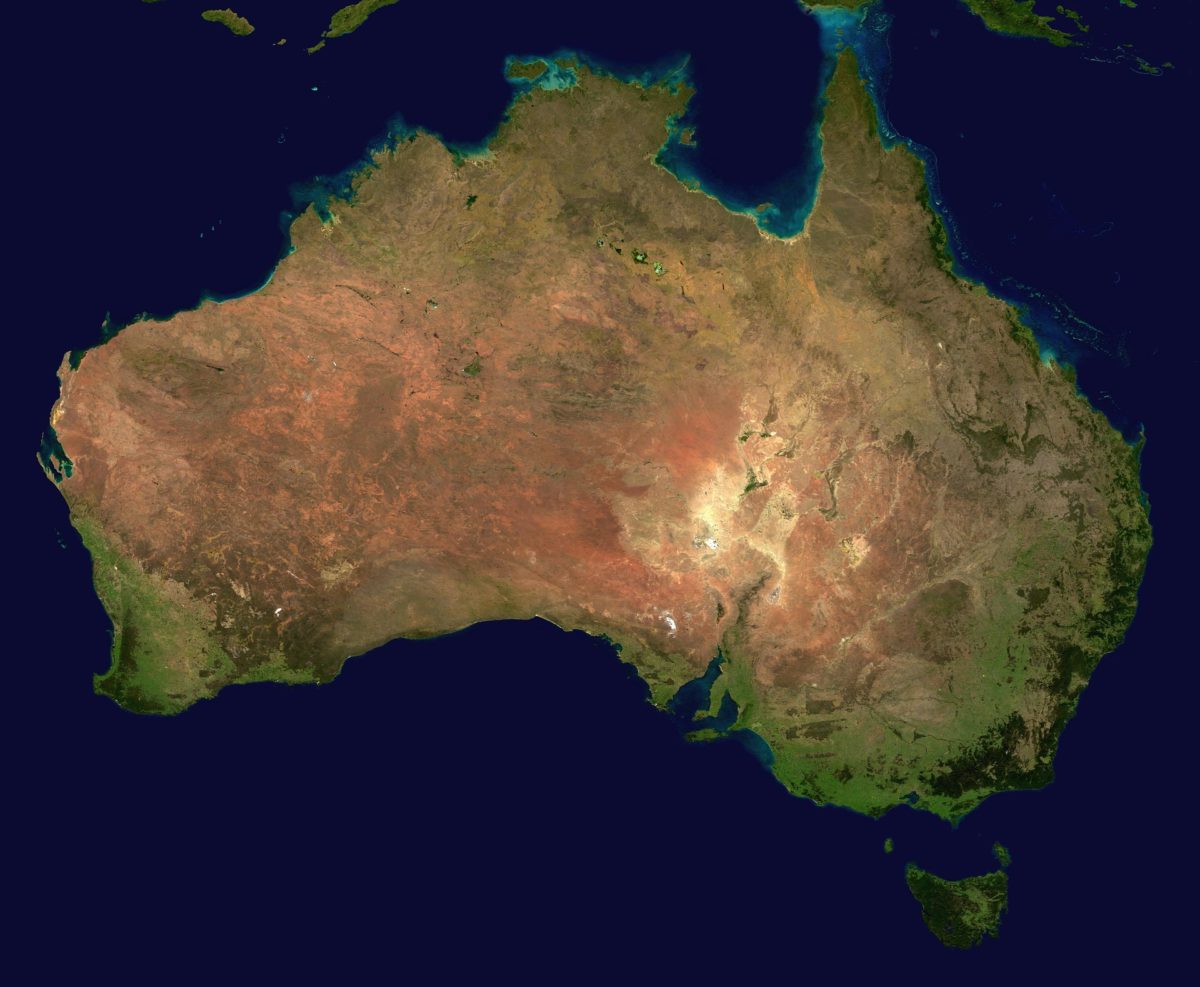From pv magazine Australia.
In May, the Western Australian (WA) Environmental Protection Authority (EPA) recommended Australia's largest proposed renewable energy project for approval, the Pilbara's Asian Renewable Energy Hub (AREH). Today, The WA government has granted that approval, a significant breakthrough in the project's development.
For starters, AREH is not merely a state-significant project, it is a globally significant renewable energy project. The approval sets the stage for the project's first stage, a 15 MW hybrid solar and wind plant near Port Hedland, the size of which would make it one of the world's largest renewable energy projects and would bring thousands of jobs to the Pilbara.
AREH has been in the planning stages since 2014, getting bigger and bigger year on year. In 2017 it was unveiled as a 6 GW hybrid plant, then the plan grew to 9 GW, 11 GW, and now 15 GW. However, as mentioned above, the 15 GW hybrid plant (10 GW wind, 5 GW solar) is only the first stage. The project plans to eventually expand to 26 GW of renewable wind and solar generation, servicing industries throughout the Pilbara such as mines and mineral processing, as well as Asian markets with green hydrogen and ammonia. Moreover, AREH is promising at least 3 GW of generation capacity for Pilbara energy users themselves.
https://twitter.com/asianrehub/status/1316969775516495875
The approval validates one of the McGowan government's WA Recovery Plan initiatives to bring forward the state's Renewable Hydrogen Strategy goals from 2040 to 2030. When the plan was released, WA premier Mark McGowan said the “major export markets are seeking hydrogen much sooner than expected…” and so the “WA Recovery Plan is focused on creating a pipeline of local jobs to support WA’s economic recovery, while investing in growing green industries.”
And creating jobs is exactly what AREH is set to do, with the project proponent, NW Interconnected Power Pty Ltd, estimating up to 5,000 direct construction jobs during the 10-year building period, and 3,000 direct jobs created for the project's 50-plus-year operational life.
WA regional development minister Alannah MacTiernan said that AREH “could transform the Pilbara, create thousands of jobs and be a major contributor to global efforts to decarbonize the economy.”
When the WA EPA recommended approval for AREH, EPA Chair Dr Tom Hatton said the proposed AREH “comprised a series of onshore wind turbines and solar panels situated about 220 kilometres east of Port Hedland, with a transmission cable corridor to the coast and subsea cables to the edge of state waters.”
One of the EPA's major concerns was the proposed clearing of 11,962 hectares of native vegetation. Whether this remains a concern is unclear, but one hopes AREH follows the lead of SA Water, who has found in its AU$300 million (US$211 million) solar uptake that native vegetation under large scale solar arrays furnishes a symbiotic relationship. The ground-mounted modules mean native vegetation can return to formerly agricultural land, and the native scrub itself protects PV panels from soiling.
The Nyangumarta People have exclusive Native Title over the land on which the AREH is proposed.

Of course, there are more environmental concerns, including marine habitat and the homes of a greatly important biodiversity of species, including the threatened black-footed rock-wallaby, bilbies, bats, reptiles and the like. The transition to renewable energy generation is supposed to rejuvenate biodiversity in our environment, and so it must be ensured that these gargantuan renewable projects which will define the century are done the right way.
Nevertheless, AREH approval is a big step for WA and a big step for Australia which is seeing a reverse pioneering of the 19th century. Then Australia transformed east to west, this time it seems to be transforming west to east.
“This development will demonstrate Western Australia's credentials as a world-class investment destination for green energy generation,” continued MacTiernan, “including the production of exportable commodities, like green hydrogen and ammonia, and green steel manufacturing.”
“It will put Western Australia on the map as a major contributor to lowering global carbon emissions.”
If everything goes according to plan, construction is set to commence in 2026 with the first exports expected in 2027/2028.
This content is protected by copyright and may not be reused. If you want to cooperate with us and would like to reuse some of our content, please contact: editors@pv-magazine.com.




I wonder as to the effects of this..
The wind slows with it being converted to power.
The ground under a panel is not heated, so the temperature gradient changes for the location.
These things fall into the ‘butterfly effect’.. less thermal energy at the site.
Probably fine if it is a hot hell-hole, but what does it actually do to the local & country & global climate??